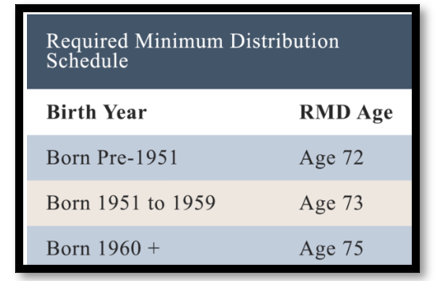 Contributed by: Sandra Adams, CFP®
Contributed by: Sandra Adams, CFP®
In our financial planning work with clients, family meetings can be scheduled for many different reasons. Often, these meetings happen because something has changed and the family needs to discuss a transition or a crisis. But as with most planning, family meetings are most effective when they’re done proactively — before a stressful life event forces the conversation.
What Does a Proactive Family Meeting Look Like?
When we talk with clients about bringing their children into a family meeting, we start with two simple questions:
What is the purpose of the meeting?
What should be on the agenda?
Purpose of the Meeting
A proactive family meeting serves several important goals:
Introducing future decisionmakers to your advisory team.
Adult children are often the ones who will step in as powers of attorney, trustees, or general decision‑makers if a parent’s health or cognitive abilities change. It’s incredibly helpful if they already know us, feel comfortable reaching out, and understand the role we play.Communicating long‑term plans and wishes.
Depending on your comfort level, this may include reviewing your estate plan, discussing how your assets are structured, or simply sharing your broader goals and intentions for the future.Reducing confusion and conflict later.
When everyone understands the plan in advance, families are better equipped to support one another during transitions.
Agenda Options
Every family meeting looks different. Some clients prefer to walk through their full financial plan, similar to an annual review. Others choose a higher‑level conversation focused on values, wishes, and the “why” behind their decisions rather than specific numbers.
There is no one right way to structure the agenda — the goal is clarity, communication, and connection.
Why the Holidays Can Be an Ideal Time
While family meetings can happen at any point in the year, the holiday season often provides a unique opportunity. Families are already gathered, routines slow down, and adult children may have the chance to observe how their parents are doing day‑to‑day. Subtle changes in health, mobility, memory, or energy levels can be easier to notice in person than over the phone.
For families who want to be proactive, using this natural gathering time to hold a thoughtful, structured conversation can be incredibly valuable. It doesn’t need to be formal or heavy — just intentional.
So, When Is the Right Time?
The right time for a family meeting is when it’s needed — whether that’s in response to a looming transition or, ideally, well before one. If your family values proactive communication and wants to avoid crisis‑driven decision‑making, scheduling a meeting as part of your retirement or longevity planning is a wise step.
And if your family is already together for the holidays, it may be the perfect moment to start the conversation.
We’re Here to Help
If you or someone you know is interested in scheduling a family meeting or has questions about the process, please reach out. We’re always happy to help facilitate these important conversations.
You can contact me at Sandy.Adams@CenterFinPlan.com.
Sandra Adams, CFP®, is a Partner and CERTIFIED FINANCIAL PLANNER™ professional at Center for Financial Planning, Inc.® and holds a CeFT™ designation. She specializes in Elder Care Financial Planning and serves as a trusted source for national publications, including The Wall Street Journal, Research Magazine, and Journal of Financial Planning.
The foregoing information has been obtained from sources considered to be reliable, but we do not guarantee that it is accurate or complete, it is not a statement of all available data necessary for making an investment decision, and it does not constitute a recommendation. Any opinions are those of Sandra D. Adams and not necessarily those of Raymond James.
Securities offered through Raymond James Financial Services, Inc. Member FINRA/SIPC. Investment advisory services offered through Center for Financial Planning, Inc. Center for Financial Planning, Inc.® is not a registered broker/dealer and is independent of Raymond James Financial Services.
















